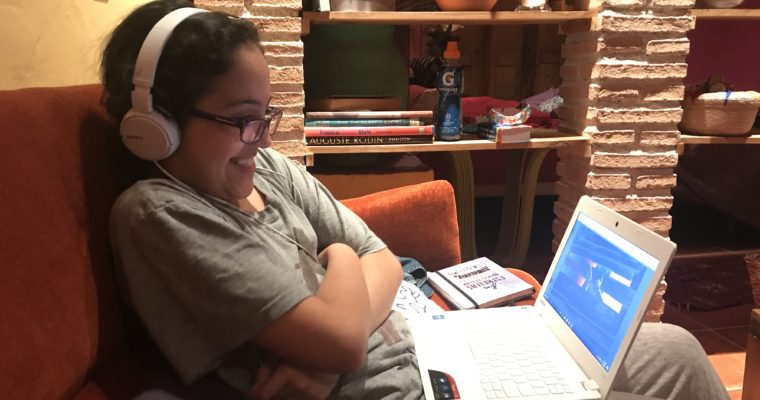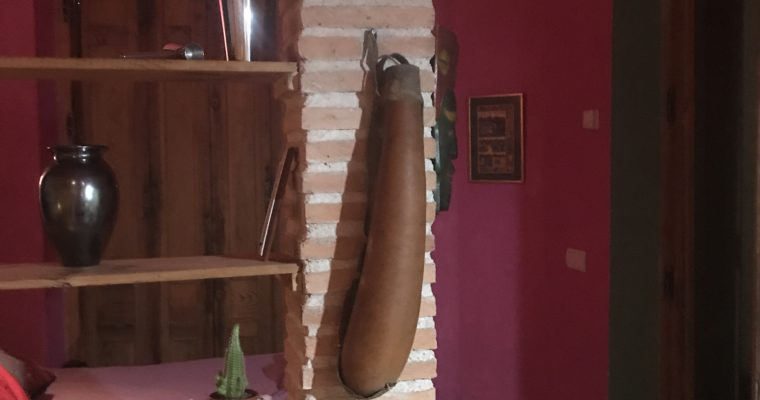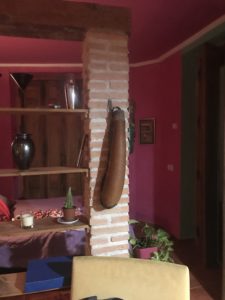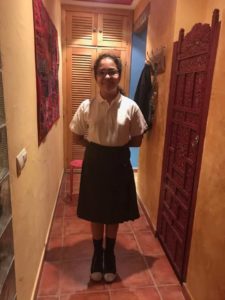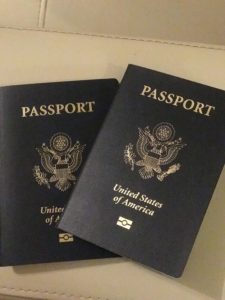
Before we left the United States to come to Madrid, I can’t tell you how many people asked me what I was going to do with my van, and if I was going to either rent or purchase a vehicle when we arrive in Spain.
The short answer to this question is that my middle son is currently driving/taking care of my van (at least I hope he is taking care of it), and we of course are not renting or purchasing a vehicle. Since Europe is notorious for their fabulous public transportation system, I knew that we would be utilizing this form of transport in Madrid.
Taxis and Uber: I have only taken a taxi once so far since our arrival in Madrid, and that was from the airport. I downloaded the Uber app (no, I had never used Uber in the states) when I wanted a slightly less expensive option of transportation after we left our AirBnb for our apartment. I didn’t want to take the Metro when we had heavy bags with us, and at this time I was still fairly green when trying to get around the city.

The Metro: We are on the Metro almost two hours a day five days a week with our commute to work and school. This has taken some getting used to, but for the most part it is the cheapest and most convenient way to travel around Madrid if you don’t have a personal vehicle.
There are mornings when I get fairly aggravated with taking the Metro everyday. The morning rush hour is typically the worst. During the morning rush hour, we are literally bumping into strangers and getting bumped into while trying to find a post to grab onto. Since I typically like my space, this caused me some slight anxiety at first. I figured I needed to just suck it up and deal, and that is what I do. 🙂 It is almost impossible to get a seat in the morning for the first seven stops. After we switch trains, we can usually find a seat because this particular train isn’t usually as crowded for some reason. You take the good with the bad, and there are times when the Metro can even be fun!
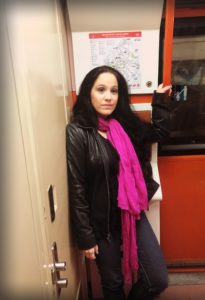

Public Transport Card (Abono): Scarlett and I were able to get a public transport card or Abono, for the Metro. The process for getting the card was fairly simple. I went to the website and made an appointment at the nearest Metro station that offers this service. We had to bring a copy of our passports plus the original. They asked a few questions, and we were on our way. Scarlett’s card is only 20 Euros a month, and mine is about 54 Euros a month since I am over the age of 26. I suppose 74 Euros a month isn’t that bad for transportation fees. I usually paid more than that for gas in the United States, and that didn’t include any maintenance on the vehicle.

Buses: There is also the option to take the bus, and the public transportation card can be used for this as well. We haven’t taken the bus yet, but I have spoken to people who like the bus better. We may try the bus one of these days, but at the moment we have our route down and it is working for us.
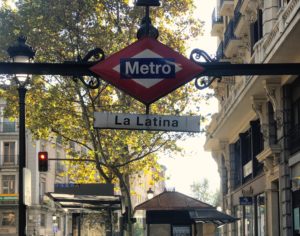
Walking: We definitely walk more here in Madrid compared to when we were in America. Personally, I think this is a wonderful thing. When we get off of a stop, we typically have to walk anywhere from five to ten minutes to reach the final destination. Of course there are times when we opt to take the “scenic route” and skip the train altogether!


Do I Miss Driving?: Yes! We have been here for two and a half months, and this is the longest I have gone without driving in a very long time! I don’t miss sitting in rush hour traffic, but I do miss driving. In fact, that is one of the main things I miss about the U.S. However, I think that the Metro is a very efficient way to travel, and I think that it would be worthwhile for most metropolitan cities in the U.S. to implement such a system.


